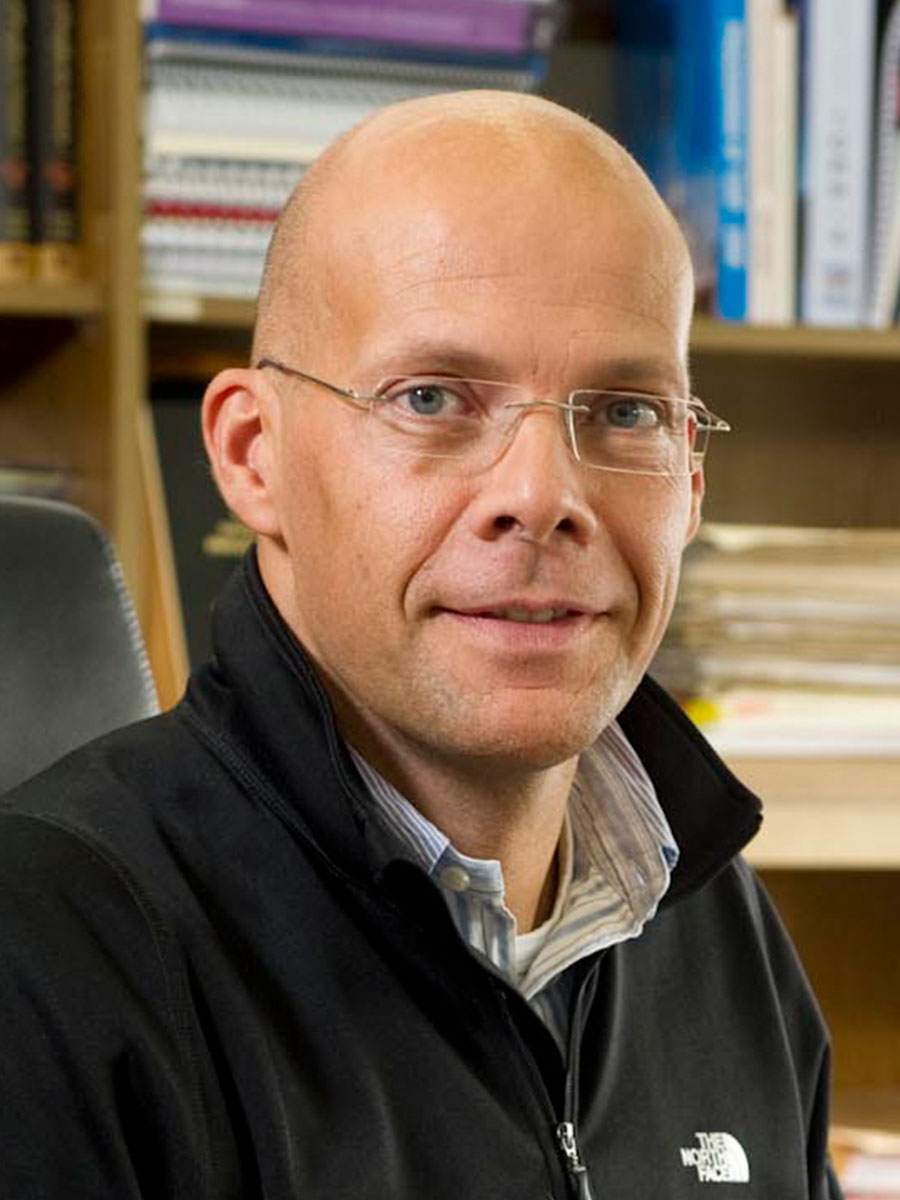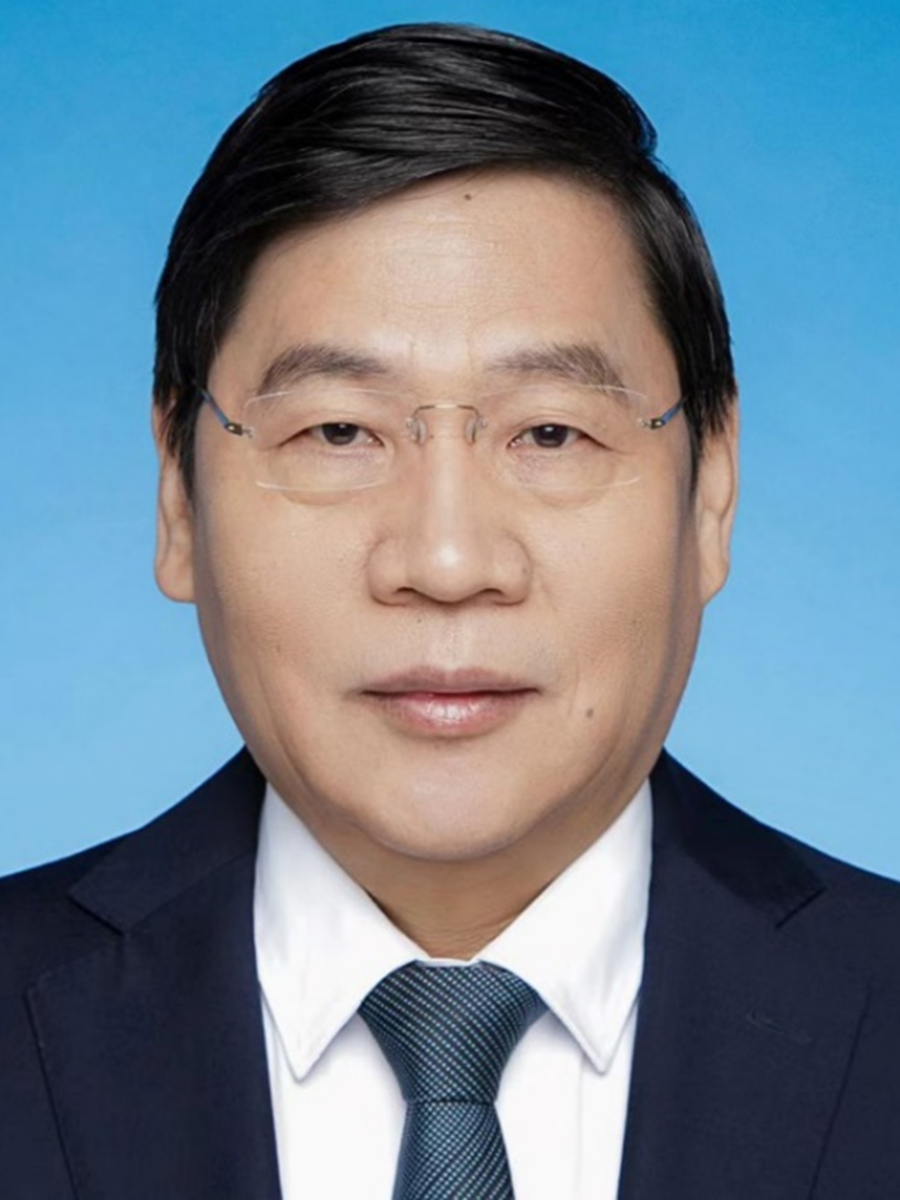You can find details about how to access information remotely in this step-by-step guide. The guide will also help if for any reason you have difficulty accessing the content you want.
What would you like to know about Nanoscale Advances?
Impact factor: 4.6*
Time to first decision (all decisions): 27.0 days**
Time to first decision (peer reviewed only): 39.0 days***
Editors-in-chief: Dirk Guldi, Yue Zhang
Indexed in the Directory of Open Access Journals (DOAJ), Compendex, Web of Science: Science Citation Index Expanded, Scopus, and PubMed Central
Read and publish in our thematic collections
Ultrafast meets ultrasmall: Exploring the uncharted territory of quantum dynamics
Guest Edited by Kristina Rusimova (University of Bath, UK), Tom Siday (University of Birmingham, UK), and Marcello Righetto (University of Oxford, UK)
Deadline: 1 April 2025
Read our recent themed collections
Have an idea for a new collection? Let us know
Interested in contributing your work? Explore the latest open calls for papers in nanoscience
Welcome from our editors

Chunli Bai, Honorary Editor-in-chief

Dirk Guldi, Editor-in-chief

Yue Zhang, Editor-in-chief
“To join as Editor-in-chief is a very exciting move; it constitutes a great opportunity for me to support expanding the leading role of the Â鶹AV journals in the area of Nanoscience, on one hand, and working with a great editorial team, on the other hand.” - Dirk Guldi, Editor-in-chief.
Free to read
Nanoscale Advances is an international gold open access journal, publishing high-quality research across the breadth of nanoscience and nanotechnology.
We are the first Â鶹AV journal to be gold open access from launch – allowing a global, interdisciplinary network of nanoscale researchers free access to quality, field-advancing work.
Interdisciplinary & comprehensive
Our focus is high quality, reproducible new work that makes an important advance to the existing literature. With our journals we provide complete coverage of crucial advances.
Affordable gold
All nano researchers should have a quality, subject-focused option for publishing open access. Our APCs are lower than the industry average, and discounts and waivers are available to make publishing open access achievable and sustainable.
Part of the family
Our nanoscale journals work together to make sure research reaches the right audience. A shared editorial board with Nanoscale and partially shared with Nanoscale Horizons allows smooth article transfers and a consistent assessment process.
A trusted society publisher
The Nanoscale Advances publishing experience comes with the reputation, standards, commitment and expertise you would expect from a Â鶹AV journal, plus the visibility boost that comes from open access and the nanoscale journal family.
Journal scope
Published fortnightly, the journal accepts experimental and theoretical work in the form of communications, full papers and reviews, building on and complementing the nano content already published across the Â鶹AV journal portfolio.
Nanoscale Advances is a collaborative venture between the Â鶹AV and the National Center for Nanoscience and Technology (NCNST) in Beijing, China.
Topics include, but are not limited to:
- Synthesis of nanostructured and nanoscale materials
- Quantum materials
- 2D materials
- Layered materials
- Layered quantum materials
- Characterisation of functional nanoscale materials and bio-assemblies
- Properties of nanoscale materials
- Self-assembly and molecular organisation
- Complex hybrid nanostructures
- Nanocomposites, nanoparticles, nanocrystalline materials, and nanoclusters
- Nanotubes, molecular nanowires and nanocrystals
- Molecular nanoscience
- Nanocatalysis
- Theoretical modelling
- Single-molecules
- Plasmonics
- Nanoelectronics and molecular electronics
- Nanophotonics
- Nanochips, nanosensors, nanofluidics and nanofabrication
- Carbon-based nanoscale materials and devices
- Biomimetic materials
- Nanobiotechnology/bionanomaterials
- Nanomedicine
- Regulatory approaches and risk assessment
Submissions
Submissions are initially assessed and taken through peer-review by our high-profile associate editors, the majority of whom also look after submissions to Nanoscale. A single-anonymised peer review model is used and a minimum of two reviewer reports are required. Our editors are internationally recognised in their respective areas, and taking responsibility for both journals will ensure a common overview and consistent application of expertise, streamlining the assessment process for authors and reviewers.
Article processing charges
Following our peer review process, if the article is accepted, the article processing charges below will be applied to your article. There are no submission charges for Nanoscale Advances.
| Article processing charge | |
|---|---|
|
Full price |
£2,100 (+local taxes if applicable)* |
|
Corresponding authors from India, Indonesia and Philippines |
£1,050 (+local taxes if applicable) |
|
Corresponding authors from Group A & Group B |
Full APC waiver |
*15% Â鶹AV member and Â鶹AV open access agreement discount available. Applicable to full price only.
Use our to check if your APC is covered by an institutional agreement with us. Note, if your institution has an agreement with us that covers APCs, you will be notified of this at article acceptance.
Discounts and waivers are also available on an individual basis. Find out more about applying for a waiver.
Corresponding authors who are not already members of the Â鶹AV are entitled to one year’s Affiliate membership as part of their APC. Find out more about our member benefits.
As part of the submission process, authors will be asked to agree to the Nanoscale Advances open access terms & conditions.
We offer Nanoscale Advances authors a choice of two Creative Commons licenses: CC BY or CC BY NC. Publication under these licenses means that authors retain copyright of their article, but allows users to read, download, copy, distribute, print, search, or link to the full texts of articles, or use them for any other lawful purpose, without asking prior permission from the publisher or the author. Read our open access statement for further information.
All published articles are deposited with LOCKSS, CLOCKSS, Portico and the British Library for archiving.
For information about APC pricing for all Â鶹AV journals please click here.
Our nanoscale journal family
Nanoscale Advances is part of our nanoscale journal family, which also includes Nanoscale Horizons and Nanoscale. The journal series allows full coverage of interdisciplinary advances in nanoscience and nanotechnology.
See who's on the team
Meet the editors-in-chief and the rest of the board members for Nanoscale Advances.
Honorary Editor-in-chief
Chunli Bai, Institute of Chemistry, Chinese Academy of Sciences, China
Editors-in-chief
Dirk Guldi, Friedrich-Alexander-Universität Erlangen-Nürnberg, Germany
Yue Zhang, University of Science and Technology Beijing, China
Associate editors
Gianaurelio (Giovanni) Cuniberti, TU Dresden, Germany
Qing Dai, National Center for Nanoscience and Technology of China, China
Baoquan Ding, National Center for Nanoscience and Technology, China
Eva Hemmer, University of Ottawa, Canada
Dong Ha Kim, Ewha Womans University, Korea
Christian Klinke, University of Rostock, Germany
Quan Li, The Chinese University of Hong Kong, China
Zhiqun Lin, National University of Singapore, Singapore
Renzhi Ma, National Institute for Materials Science (NIMS), Japan
Janet Macdonald, Vanderbilt University, USA
Elena Shevchenko, Argonne National Laboratory, USA
Nguyá»…n T K Thanh, University College London, UK
Jonathan Veinot, University of Alberta, Canada
Umesh Waghmare, Jawaharlal Nehru Centre for Advanced Scientific Research, India
Jinlan Wang, Southeast University, China
Manzhou Zhu, Anhui University, China
Jin Zou, University of Queensland, Australia
Editorial board members
Zhuo Kang, University of Science and Technology Beijing (USTB), China
Suryasarathi Bose, Indian Institute of Science Bangalore, India
Stephanie Brock, Wayne State University, USA
Raffaella Buonsanti, EPFL, Switzerland
Cinzia Casiraghi, University of Manchester, UK
Jingyi Chen, University of Arkansas, USA
Chunying Chen, National Center for Nanoscience and Technology of China, China
Xiaodong Chen, Nanyang Technological University, Singapore
Wenlong Cheng, The University of Sydney, Australia
Serena Cussen, University College Dublin, Republic of Ireland
Mita Dasog, Dalhousie University, Canada
Mingdong Dong, Aarhus University, Denmark
Yves Dufrêne, Université Catholique de Louvain, Belgium
Andrea Ferrari, University of Cambridge, UK
Kristen Fichthorn, Penn State University, USA
Christy Haynes, University of Minnesota, USA
Guohua Jia, Curtin University, Australia
Xingyu Jiang, Southern University of Science and Technology, China
RongChao Jin, Carnegie Mellon University, USA
Song Jin, University of Wisconsin, USA
Hao Jing, George Mason University, USA
Jesse Jokerst, University of California San Diego, USA
Kourosh Kalantar-Zadeh, The University of Sydney, Australia
Katharina Landfester, Max Planck Institute for Polymer Research, Germany
Dattatray Late, CSIR National Chemical Laboratory, India
Pooi See Lee,Nanyang Technological University, Singapore
Changming Li, Southwest University, China
Jie Liu, Duke University, USA
Laura Na Liu, Max Planck Institute for Intelligent Systems, Germany
Xiaogang Liu, National University of Singapore, Singapore
Liberato Manna, Istituto Italiano di Tecnologia, Italy
Anna Fontcuberta i Morral, EPFL, Switzerland
Catherine Murphy, University of Illinois at Urbana-Champaign, USA
Kostya Ostrikov, Queensland University of Technology, Australia
So-Jung Park, Ewha Womans University, Korea
Lakshminarayana Polavarapu, University of Vigo, Spain
T. Pradeep, Indian Institute of Technology Madras, India
Narayan Pradhan, Indian Association for the Cultivation of Science, India
Dong Qin, Georgia Institute of Technology, USA
Michael Sailor, University of California, San Diego, USA
Hyeon Suk Shin, Sungkyunkwan University, South Korea
Zhigang Shuai, Tsinghua University, China
Sara Skrabalak, Indiana University, USA
Francesco Stellacci, EPFL, Switzerland
Hong-Bo Sun, Tsinghua University, China
Lingdong Sun, Peking University, China
Shouheng Sun, Brown University, USA
Xiaoming Sun, Beijing University of Chemical Technology, China
Dmitri Talapin, University of Chicago, USA
Zhiyong Tang, National Center for Nanoscience and Technology, China
Mauricio Terrones, The Pennsylvania State University, USA
Sarah Tolbert, University of California, Los Angeles, USA
Ventsislav Valev, University of Bath, UK
Miriam Vitiello, CNR Nanotec, Italy
Jianfang Wang, Chinese University of Hong Kong, China
Benjamin Wiley, Duke University, USA
Xiaojun Wu, University of Science and Technology of China, China
Yujie Xiong, University of Science and Technology of China, China
Hongxing Xu, Wuhan University, China
Lin Xu, Nanjing Normal University, China
Ya Yang, Beijing Institute of Nanoenergy and Nanosystems, Chinese Academy of Sciences, China
Xing Yi Ling, Nanyang Technological University, Singapore
Xiao Cheng Zeng, University of Nebraska-Lincoln, USA
Gang Zhang, Institute of High Performance Computing, Singapore
Hua Zhang, City University of Hong Kong, China
Miqin Zhang, University of Washington, USA
Jeremy Allen, Executive Editor, ORCID
Hannah Kerr, Deputy Editor, ORCID
Rosie Hague, Editorial Assistant
Lilybelle (Lily) Wyatt, Editorial Manager, ORCID
Zifei Lu, Assistant Editor, ORCID
Ashley McGovern, Assistant Editor
Sean Browner, Assistant Editor
Paul Scott, Assistant Editor
Shengnan Sha, Assistant Editor (China)
Neil Hammond, Publisher, ORCID
Peer review
Nanoscale Advances follows a single-anonymised peer review process, with manuscripts handled by experienced associate editors, most of whom also look after submissions to Nanoscale.
Phase 1 - your manuscript is initially assessed by an associate editor.
Phase 2 - the associate editor solicits the expertise of at least two reviewers to assess your article and submit a report.
Phase 3 - the associate editor handling your manuscript makes a decision based on the reviewer reports received. In the event that no clear decision can be made, another senior reviewer will be consulted.
Please refer to our processes and policies for full details including our appeals procedure.
Transparent peer review
As part of our commitment to transparency and open science, Nanoscale Advances is now offering authors the option of transparent peer review, where the editor’s decision letter, reviewers’ comments and authors’ response for all versions of the manuscript will be published alongside the article under an .
Reviewers will remain anonymous unless they choose to sign their report.
Readership information
The readership is cross-disciplinary and includes scientists, researchers and professionals in academia and industry interested in nanoscience and nanotechnology, including (but not limited to) the areas of physics, chemistry, biology, medicine, materials, energy/environment, information technology, detection science, healthcare and drug discovery, and electronics.
Subscription information
Nanoscale Advances is fully gold open access – articles can be downloaded free from the website with no barriers to access.
Online only: ISSN 2516-0230
Copyright
Copyright is retained by authors when an open access licence is accepted, as with our standard licence to publish agreement. Full and accurate attribution to the original author is required for any re-use of the work. Find out more about copyright, licences and re-use permission.
*2023 Journal Citation Reports (Clarivate Analytics, 2024)
**The median time from submission to first decision including manuscripts rejected without peer review from the previous calendar year
***The median time from submission to first decision for peer-reviewed manuscripts from the previous calendar year
